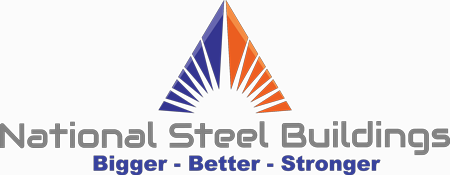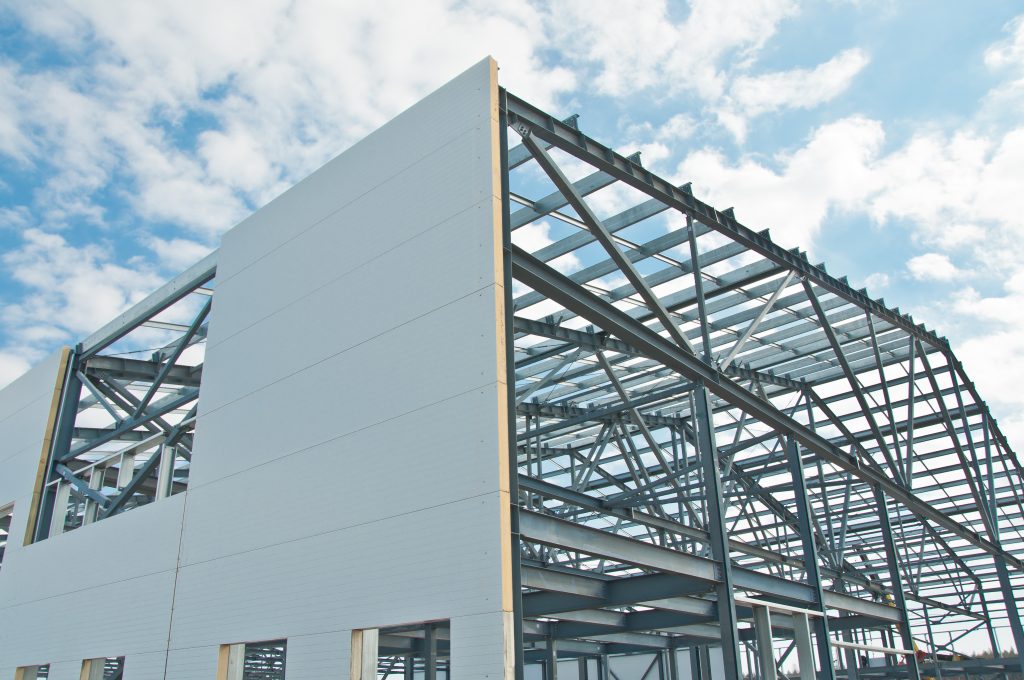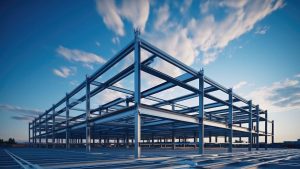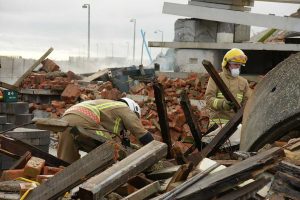Steel buildings have become a popular choice for both residential and commercial construction due to their durability, versatility, and cost-effectiveness. As demand for these buildings increases, so does the variety of options available. In this article, we will discuss the different types of steel buildings, their applications, and the benefits of using steel as a construction material.
Types of Steel Buildings
Steel buildings come in various shapes and sizes to suit different needs. Some of the most common types include:
- Clear Span Buildings: These buildings have no interior columns or supports, allowing for unobstructed interior space. They are ideal for warehouses, aircraft hangars, and sports facilities.
- Multi-Span Buildings: Also known as column-and-beam structures, these buildings use interior columns to support the roof. This design allows for larger buildings and is commonly used for manufacturing plants, shopping centres, and large storage facilities.
- Modular Buildings: These buildings consist of pre-engineered modules that can be combined and arranged in various configurations. They are popular for offices, classrooms, and temporary housing.
- Single Slope Buildings: These buildings have a roof that slopes in one direction, allowing for easy water drainage. They are often used for retail stores, offices, and residential structures.
- Arch Buildings: Also known as Quonset huts, these buildings have a curved, semi-circular shape, providing a unique aesthetic and efficient use of space. They are often used for agricultural storage, workshops, and garages.
Commercial vs Residential Steel Buildings
While steel buildings can be used for both commercial and residential purposes, there are some key differences to consider.
- Size and Scale: Commercial steel buildings are typically larger and more complex than residential ones. They may require more interior columns or modular components to accommodate the size and functionality.
- Design and Customization: Residential steel buildings often allow for greater design flexibility and customization to suit personal preferences and aesthetic choices. Commercial buildings, on the other hand, prioritise functionality and cost efficiency.
- Building Codes and Regulations: Commercial steel buildings must adhere to stricter building codes and regulations than residential structures. These codes ensure safety and compliance with local and national standards.
Prefabricated Steel Building Kits
Prefabricated steel building kits offer a convenient and cost-effective solution for those looking to construct a steel building. These kits come with all the necessary components, including pre-cut and pre-drilled steel pieces, fasteners, and detailed assembly instructions.
- Advantages of Prefabricated Steel Building Kits
- Cost Savings: Prefabricated steel building kits are typically more affordable than traditional construction methods due to reduced labour costs and streamlined production processes.
- Time Savings: Since the components are pre-engineered and ready for assembly, construction time is significantly reduced compared to traditional building methods.
- Customization: Many manufacturers offer customization options for prefabricated steel building kits, allowing buyers to tailor the design and features to their specific needs.
- Ease of Assembly: Detailed instructions and pre-cut components make assembly relatively straightforward, even for those with limited construction experience.
Sustainability and Environmental Impact of Steel Buildings
As the construction industry moves towards greener practices, steel buildings have emerged as an environmentally friendly option. Some benefits of steel buildings in terms of sustainability include:
- Recyclability: Steel is one of the most recyclable materials on Earth, with nearly all scrap steel being reused in new steel production.
- Energy Efficiency: Steel buildings are often designed with energy efficiency in mind, including features like insulated panels and energy-efficient windows.
- Reduced Waste: The use of prefabricated steel building kits reduces construction waste, as components are manufactured to precise measurements and specifications, minimizing excess material.
- Durability and Longevity: Steel buildings are known for their durability, withstanding extreme weather conditions and resisting corrosion, which leads to a longer lifespan and reduced need for frequent repairs or replacements.
Choosing the Right Steel Building for Your Needs
With various types of steel buildings available, it’s essential to choose the right one for your specific needs. Here are some factors to consider when making your decision:
- Purpose: Consider the primary purpose of the building, whether it’s for storage, commercial use, or residential living. This will help you determine the appropriate size, design, and features.
- Location: The location of your steel building will affect its design and structural requirements. Consider factors such as local climate, building codes, and regulations to ensure your building meets the necessary standards.
- Budget: Establish a budget for your steel building project, keeping in mind factors such as materials, labour, and customization options. Prefabricated steel building kits can be a cost-effective choice, but be sure to factor in additional expenses such as site preparation and foundation work.
- Customization: Determine the level of customization you desire for your steel building. Many manufacturers offer customizable options for aspects such as size, design, and features, allowing you to create a building that meets your unique needs and preferences.
- Manufacturer: Research and choose a reputable steel building manufacturer that offers high-quality products, excellent customer service, and a solid warranty. Look for reviews and testimonials from previous customers to ensure you’re making a well-informed decision.
Conclusion
Steel buildings offer a durable, versatile, and cost-effective solution for various construction needs. With a range of types and customization options available, steel buildings can be tailored to suit commercial, residential, and industrial applications. By considering factors such as purpose, location, budget, and manufacturer, you can choose the right steel building for your specific requirements. For more information on steel buildings and construction options, contact us for more resources and guidance.




